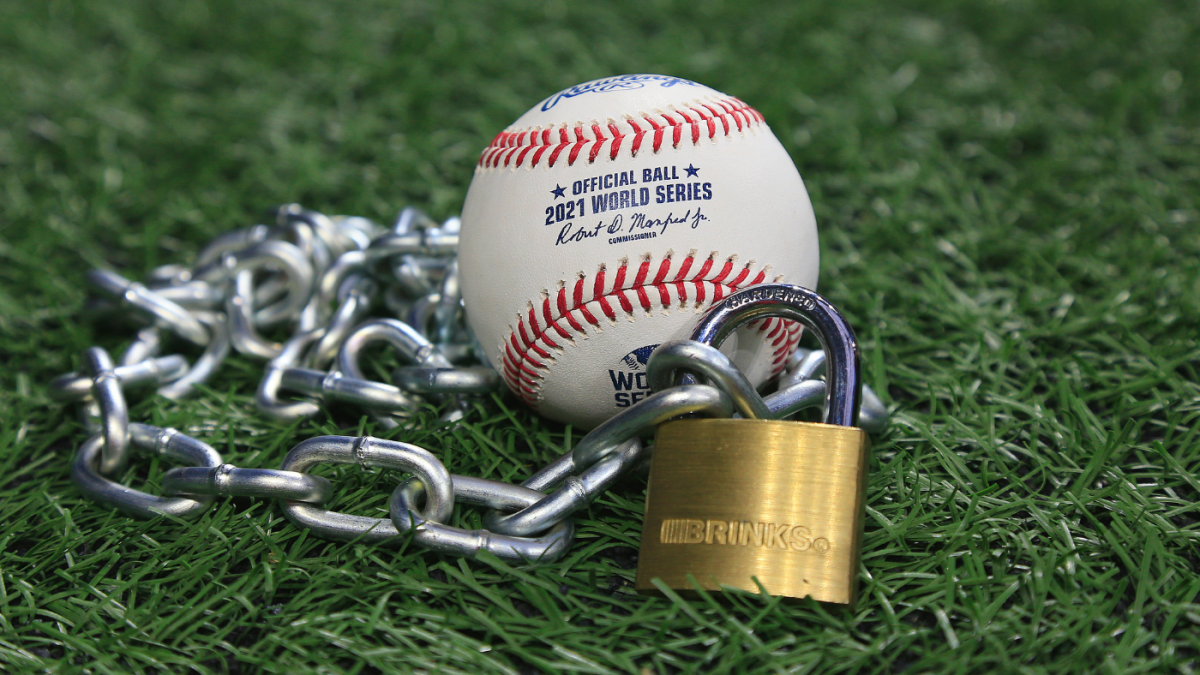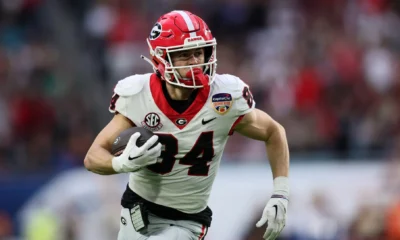
MLB owners want to spend less money on player salaries, and they are using team parity as a convenient excuse to do so.
This article is the third in our series detailing the critical issues facing Major League Baseball as the players and MLB owners renegotiate the Collective Bargaining Agreement. Today, we look at the competitive balance tax. You can find the previous installment here.
MLB has no salary cap to limit teams on player spending, unless most other American sports leagues. The owners have been pushing for one for decades now, but the union has thwarted their attempts at every turn. In fact, the union’s resistance to a salary cap is the main reason the players went on strike in 1994, and opposition to a cap has unified players across generations. It goes without saying, but a salary cap keeps contracts artificially low since teams have to fit their whole rosters within a certain number.
And yet, despite the union’s best efforts, MLB has operated under a de facto salary cap for years now. It is called the competitive balance tax. Like service time manipulation, the term is stuffed with a misleadingly positive market platitude to distract from the restrictive truth.
While the CBT is not an official salary cap, teams pay a financial penalty for going over the competitive balance threshold, and the penalties are harsher for repeat “offenders”. For the 2021 season–and the last year of the CBA–the threshold was $210 million, and only two teams surpassed that number, the Los Angeles Dodgers and the San Diego Padres.
Historical CBT Figures
$210 million may sound like a lot of money to you, but the billionaires who own MLB teams can certainly afford to pay more. The league’s unreasonable position to lower the threshold or only increase it slightly goes against past negotiations and standard inflation rates. The number should logically go up over time as inflation increases, and that played out in past agreements.
When the union first agreed to a luxury tax in 1997, the figure stood at $51 million, but it nearly doubled to $117 million for the next CBA in 2003. The number got a small bump in 2007 to $148 million, and each year from ’03-’11 saw at least a 3% increase. That all changed a decade ago, when four of the five years from 2012-2016 saw no increase. If the previous trend had continued, the CBT six years ago would have been higher than the number we are dealing with today.
In addition to higher tax rates for MLB teams that go over the threshold in consecutive years, the recently-expired CBA included harsher penalties for going farther over the limit. There were additional penalties at $230 million and $250 million, meaning a team could easily reach those figures by signing one or two more star players. The very harshest penalties meant a loss of draft picks, and no team would ever dare lose those due to salary.
Restrictions in Action
While some teams in smaller markets with poor attendance set their budgets well under $100 million, it is clear that some other teams use the competitive balance tax as the line they won’t cross. The New York Yankees, the most famous franchise in the world, made a concerted effort to stay under $210 million this season. The team worth over $5 billion, more than any other MLB team, chose not to pay a tax that the Steinbrenners can afford without even feeling it in their pockets.
When they acquired Anthony Rizzo from the Chicago Cubs and Joey Gallo from the Texas Rangers, GM Brian Cashman traded away better prospects in exchange for cash considerations so that the Yankees could stay below the CBT threshold. In a way, the selling teams actually bought at the trade deadline because they paid for notable prospects, while the contending Yankees acted like cheapskates.
Similarly, teams that go over the threshold tend to go back under the following season. Because the penalties go up for repeat violations, even if a team decides to pay the tax once, they likely won’t pay it twice. All three teams that crossed the threshold in 2020 cut their payroll enough to not pay the tax in 2021.
Current Proposals
This lack of spending is obviously a problem, and the union is doing their best to address it. The reason they are in such a tough spot is because they have so many egregious problems to try and fix, so getting rid of one will likely result in keeping another. If MLB agreed to reform every issue then we would not be in a lock out right now.
The league first offered to introduce a salary floor of $100 million so that thrifty teams would have to field a team of major leaguers, but in exchange they wanted to lower the CBT to $180. The players balked at any reduction, and they countered with a moderate raise to $245 million. MLB’s most recent proposal was of a tiny increase to $214 million for 2022, and just $220 million by the end of the CBA, a yearly increase under 1%.
Whenever the two sides eventually reach an agreement, pay close attention to what the competitive balance tax will be. The final number will be a strong indicator as to which side made bigger concessions for the next five years.
Related

Featured Articles
-


NBA
/ 12 hours agoBSP NBA Awards Ballot 2024
The NBA regular season has concluded officially, with the play-in games finishing off last...
By Matt Strout -


Big Blue Report
/ 1 day agoGiants Are On The Clock
In a press conference held on Thursday, New York Giants General Manager Joe Schoen...
By Randy Zellea -


College Football
/ 1 day agoNFL Draft 2024 Scouting Report: Jaheim Bell, TE, Florida State
Jaheim Bell, TE, Florida State Height: 6’2” Weight: 241 Hand Size: 9 ⅞ ...
-


College Football
/ 1 day agoNFL Draft 2024 Scouting Report: Ja’Tavion Sanders, TE, Texas
Ja’Tavion Sanders, TE, Texas Height: 6’4” Weight: 252 Hand Size: N/A Arm Length:...









